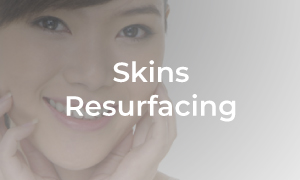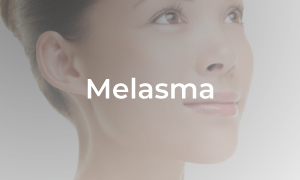Tattoo Removal
People get tattoos for various reasons such as self-expression, artistic reasons or influence from friends. However, some of them may have second thought later and wish to have the tattoos removed. Lasers can help you to remove unwanted tattoos with minimal side effects.
Lasers remove tattoos by breaking down the ink (pigments) in the tattoos with high-intensity laser energy. The pigment debris is then absorbed and removed from the body. The lasers selectively target the tattoo pigment with relatively low collateral damage to the adjacent skin. Black tattoo pigment absorbs all laser wavelengths, making it the easiest colour to remove. Generally, black and dark blue tattoos are the easier ones to remove compared to other colours.
Tattoo removal using lasers usually requires multiple therapy sessions to achieve the desired results. After each treatment session, the tattoo will become progressively lighter. Laser treatment is safe and is the treatment of choice compared to other tattoo removal methods, such as excision or dermabrasion.
Procedure
Laser System: Q-Switched Nd-YAG Laser (MedliteÒ)
Duration: 20- 30 minutes for each session
Anaesthesia: Numbing cream is used (40-50 minutes waiting time)
Downtime: 2-3 days
Total sessions required: Highly variable. The tattoo colour, the pigment density, the presence of scarring, and tattoo layering all determine the number of sessions needed. Generally, complete tattoo removal may require an average of 6-12 sessions.
The interval between sessions: 1 month
Post Treatment Care
What to Expect:
-
-
-
Mild redness for 1-2 days
-
Frosting, a slightly elevated whitish discoloration with or without punctate bleeding, is often seen and will gradually resolve over a few days.
-
A crust may form on the treated area and fall off around one week.
-
Minimal spotty bleeding may appear on the treated areas. This will resolve in a few days to a week.
-
-
Skincare protocol:
-
-
-
Clean the treatment areas with a gentle cleanser or soap.
-
Use a high-grade moisturizer to restore moisture in the skin. Adequate hydration of the skin is essential to keep the skin healthy and protect it from damage.
-
Apply sunscreen at least twice a day in the morning and evening. If the sunscreen wears off due to sweating, face-washing, or swimming, it is important to reapply the sunscreen to provide continuing protection.
-
-








